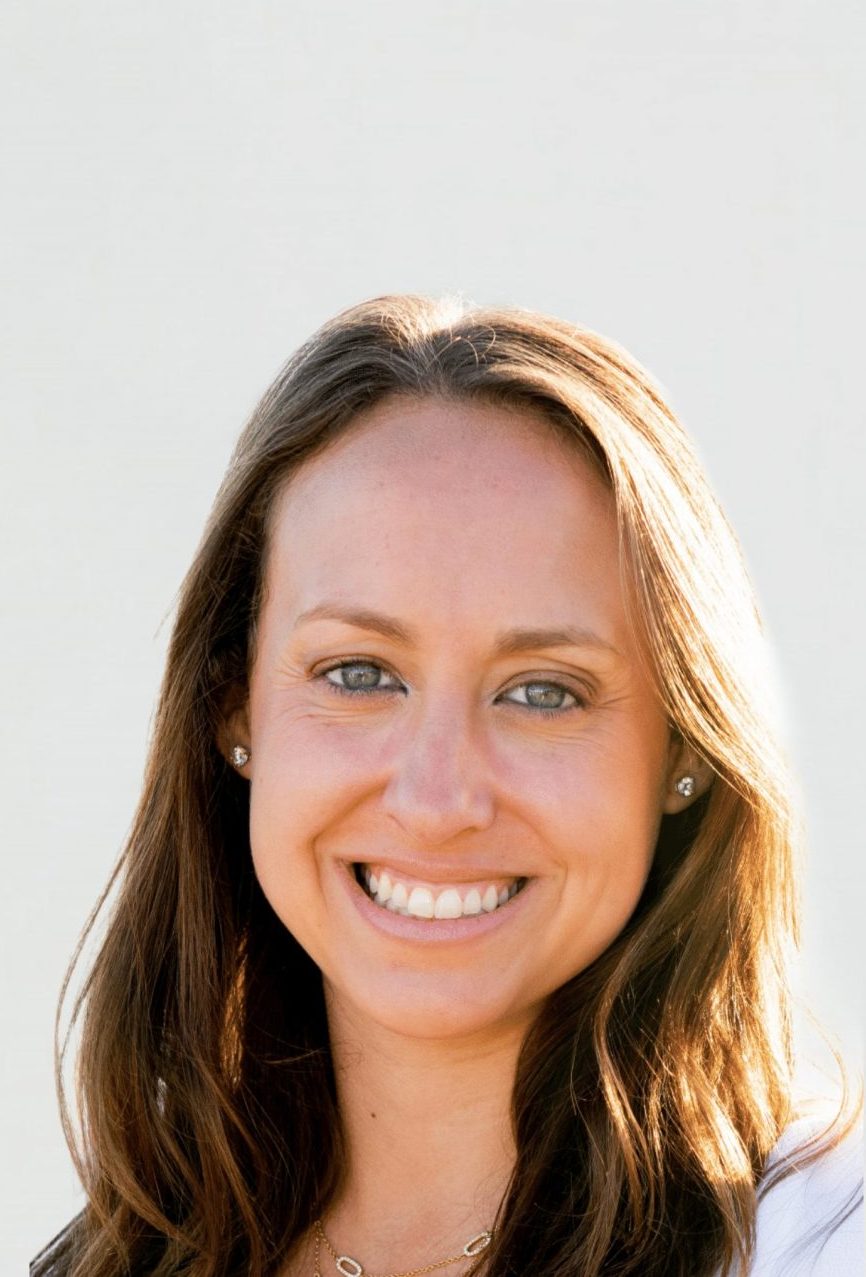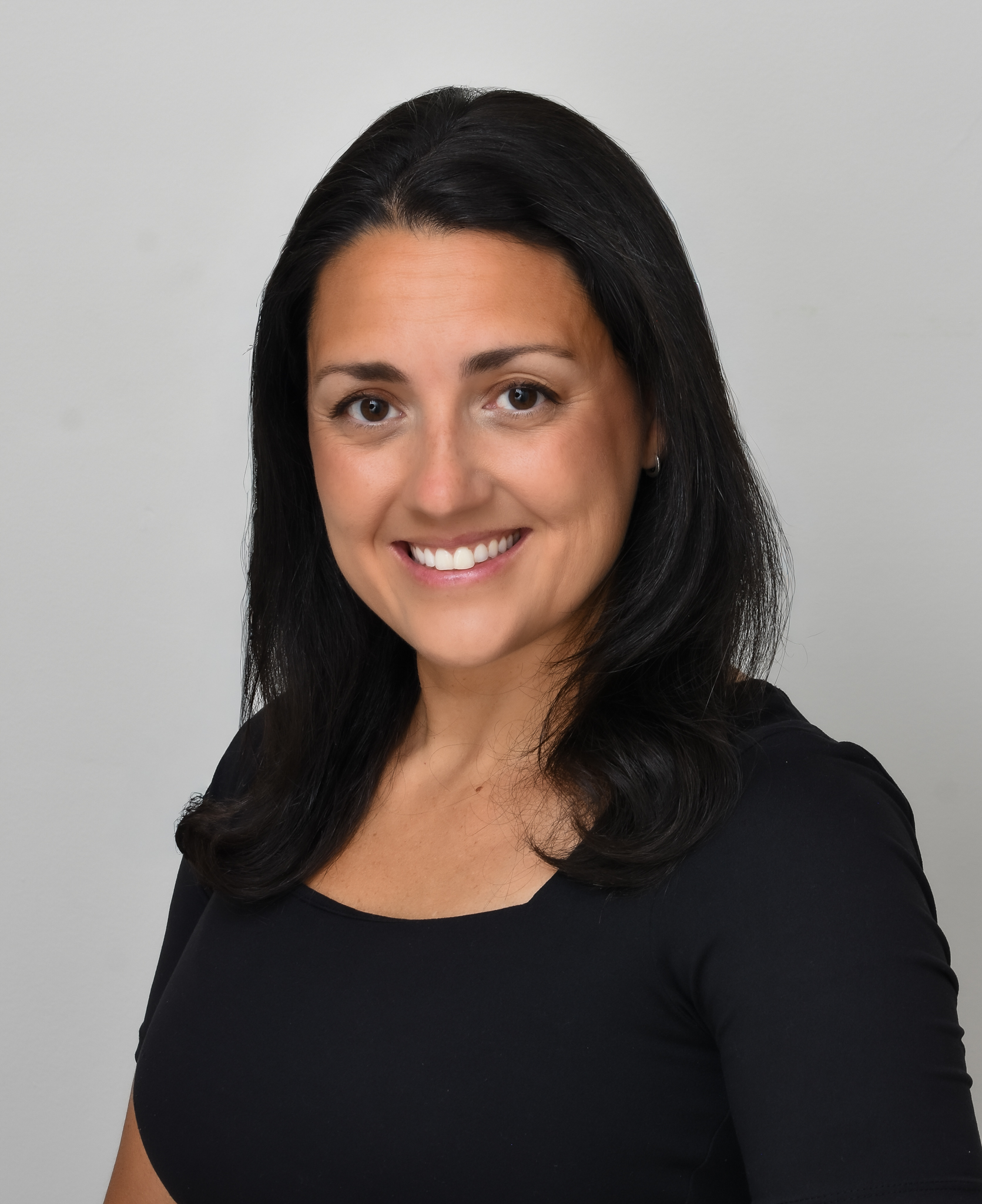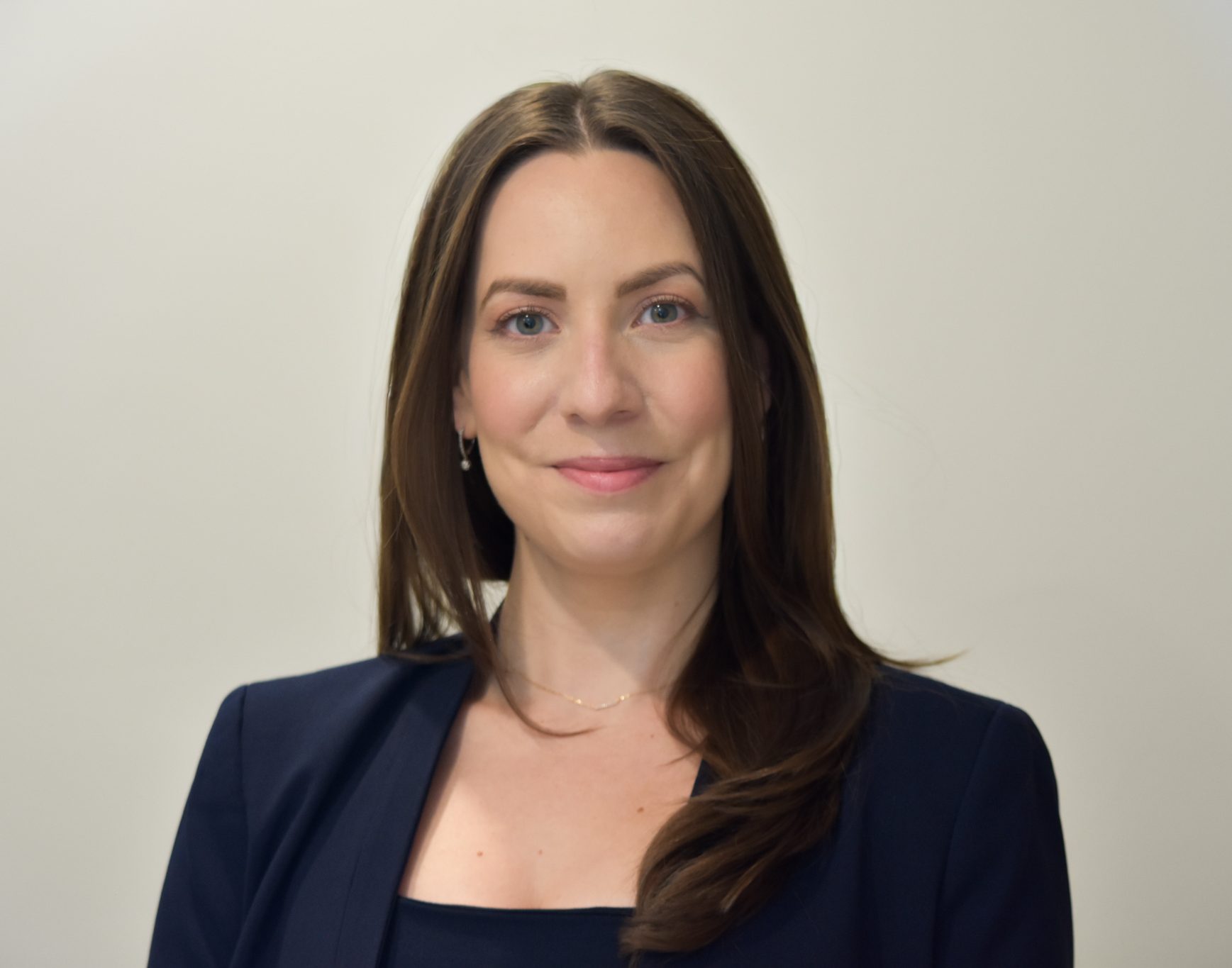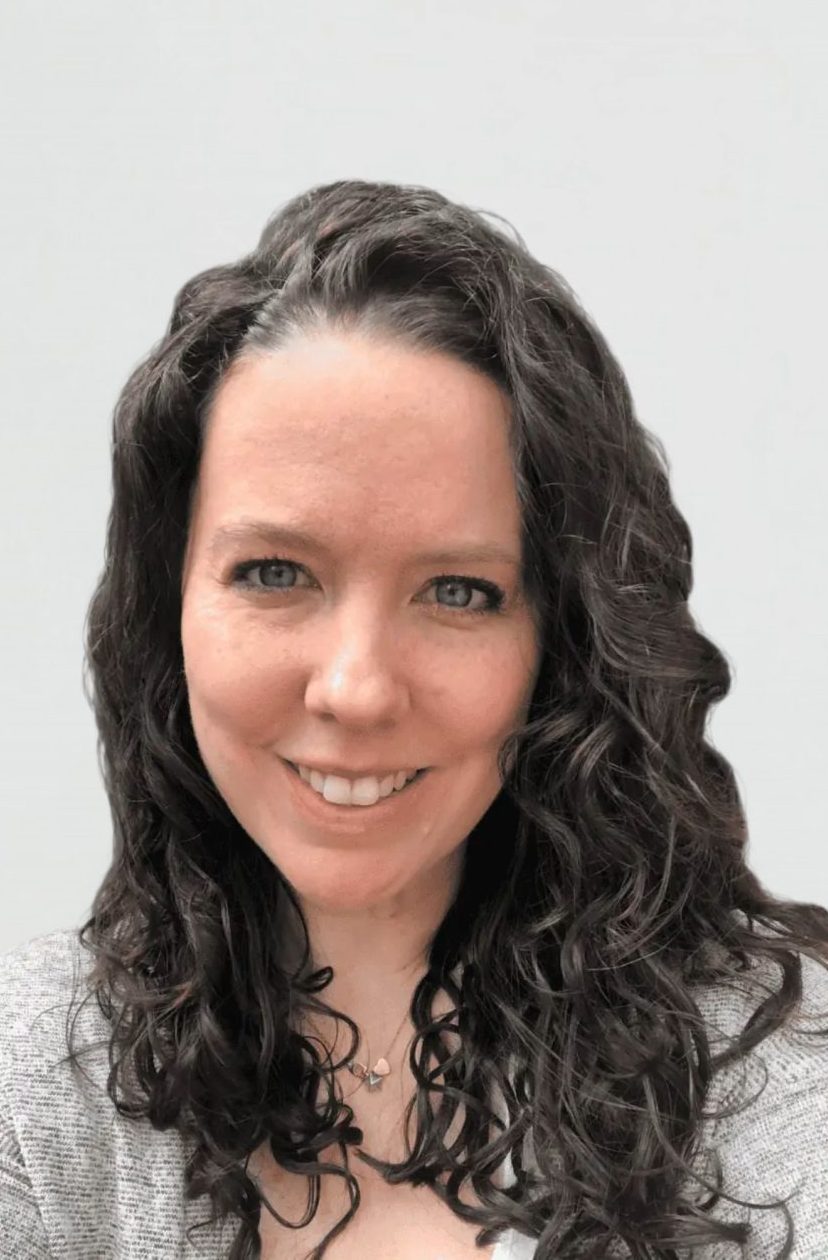How Do You Treat Selective Mutism in Children?

Selective Mutism (SM) is an anxiety disorder that affects children both in a school environment and somewhere in their community. SM causes the child to become silent in an environment they are not used to or feel anxious about. Despite speaking at home and with their parents and siblings, someone who they see day to day. If this is not taken seriously and addressed, SM can hurt their participation in class and make it challenging for their educators to help assess their progress, ultimately affecting their ability to connect with peers.
MPG provides a range of treatment options –virtually or in-office and in-home in New York City.
Who is at Risk for Selective Mutism?
This usually starts when children are 2 to 4 years old, but it might only be noticed when they begin school. Children with a family history of anxiety or those who've been through tough situations might be more likely to have it.
MPG’s Approach to Treating Selective Mutism
MPG’s strategy revolves around PCIT-SM, a technique designed to assist children with SM.
- PCIT-SM is rooted in parent-child interaction therapy (PCIT), allowing children to develop courage and become “brave” through practice.
- Created to help young children with emotional and behavioral challenges, PCIT is a proven method. When adjusted for children dealing with selective mutism, PCIT-SM helps them build bravery and gain the ability to talk in settings where they were previously non-verbal.
Step 1: PCIT-SM Treatment at Home or In-Office
- The initial phase focuses on training the child's parents in PCIT-SM skills.
- Through live coaching, parents quickly master these skills.
- Task complexity gradually increases, allowing the child to gain greater independence in expressing themselves.
- Parents are actively engaged in this process, practicing at home with the ultimate goal of empowering their children to confidently express themselves outside of their home environment.
Step 2: School Collaboration in PCIT-SM Treatment
- Next, we initiate a school-based intervention.
- This includes comprehensive training for school staff and consultations with teachers, specialists, and staff members.
- Sessions are conducted at schools and other locations where the child is non-verbal, with the goal of assisting children in vocalizing their thoughts in those spaces.
How Do We Know It's Selective Mutism?
We can collaborate with your child's pediatrician, school, and speech pathologist to create a thorough evaluation for your child. This might involve a medical examination that checks their ears, tongue, lips, and jaw, along with academic assessments and feedback from their teacher. We'll also assess their ability to understand and use speech through a speech and language pathologist.
Additionally, our selective mutism (SM) experts can conduct a psychological evaluation to provide a comprehensive picture.
Frequently Asked Questions (FAQ)
What is Selective Mutism (SM)?
Selective Mutism (SM) is a type of anxiety disorder mostly seen in children. It makes them stay quiet in certain social situations, like school and community gatherings. But they can talk just fine at home with family.
Who might get Selective Mutism?
SM often starts in children aged 2 to 4, but we notice it more when they start school. Children with a family history of anxiety or who've had tough times might be more likely to have it.
What might cause Selective Mutism?
We don't know the exact cause, but it could be linked to things like general anxiety, social anxiety, depression, tough family situations, trauma, self-esteem issues, difficulty with sounds, or speech problems like stuttering.
How can you tell if someone has Selective Mutism?
Signs include long periods of not talking in certain places, being very anxious, avoiding others, extreme shyness, doing things repetitively, feeling sad, struggling with learning and talking and having issues with going to the bathroom.
How do you confirm it's Selective Mutism?
To be sure, we work with your child's doctor, school, and speech therapist. We check their health, and schoolwork, and get feedback from teachers. A speech therapist looks at how they talk and understand language. And our Selective Mutism (SM) experts do a complete evaluation.
Can Selective Mutism be fixed?
Yes, it can. The earlier we help, the better. We have special ways to make it easier for children to talk in different situations.
How can I find out more or talk about treatment?
If you want to learn more about treating Selective Mutism or want to discuss options, please click [here](insert link) for more info and to get in touch with our experts.









